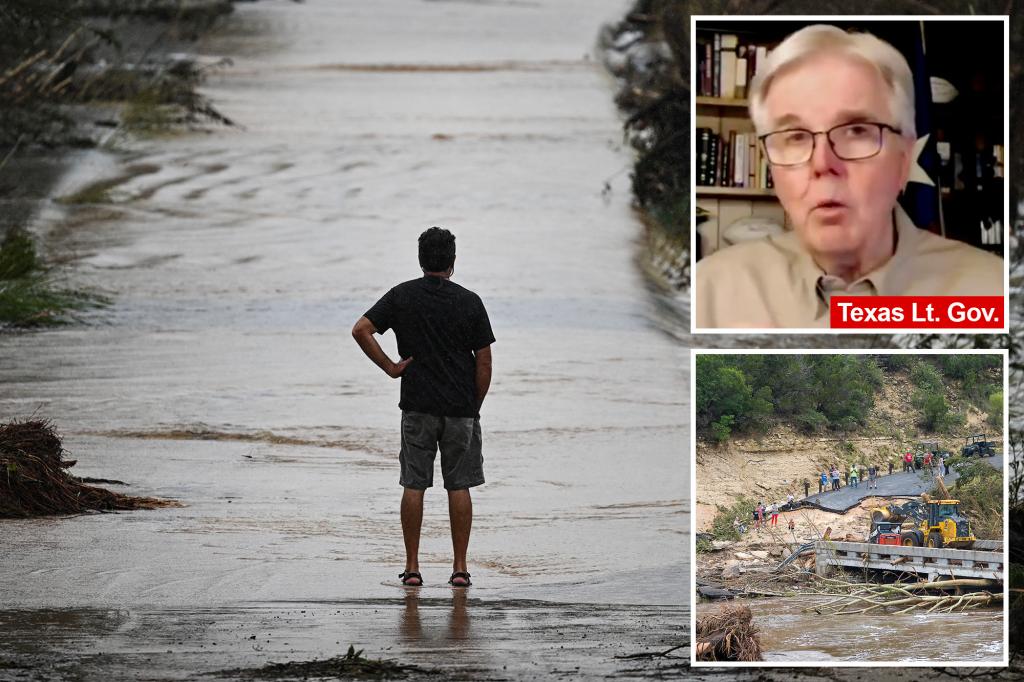“`html
In a groundbreaking development for renewable energy, the United States has committed to investing $369 billion in climate and clean energy initiatives as part of the Inflation Reduction Act. This historic legislation aims to reduce greenhouse gas emissions by 40% by 2030 and position the U.S. as a leader in the global clean energy sector. The act was signed into law on August 16, 2022, and represents a significant shift in policy towards sustainable energy practices.
Investment in Clean Energy: A Game Changer for the U.S.
The Inflation Reduction Act is set to provide substantial financial incentives for businesses and consumers to adopt renewable energy solutions. By offering tax credits, rebates, and grants, the government aims to accelerate the transition from fossil fuels to cleaner energy sources, such as solar, wind, and electric vehicles. According to estimates, the act could generate up to 9 million jobs in the clean energy sector by 2030.
“This investment is not just about combating climate change,” said Dr. Emily Chen, an environmental policy expert at the Brookings Institution. “It’s about creating a sustainable economy and ensuring that the U.S. remains competitive in the global market for renewable energy technologies.”
Key Features of the Inflation Reduction Act
- Tax Credits for Renewable Energy: The act provides a 30% investment tax credit for solar energy systems installed through 2032.
- Incentives for Electric Vehicles: Consumers can benefit from up to $7,500 in tax credits for purchasing new electric vehicles.
- Support for Energy Efficiency: Homeowners can access rebates for energy-efficient home upgrades, further reducing energy costs.
- Funding for Research and Development: The legislation allocates funds for advancing clean energy technologies and infrastructure.
These incentives aim to facilitate a shift towards cleaner energy sources, aligning with global climate goals. Research conducted by the International Energy Agency indicates that investment in renewable energy could lead to a 70% increase in global renewable energy capacity by 2030, which is essential for limiting global warming to 1.5 degrees Celsius.
The Economic Impact of Renewable Energy Transition
The economic implications of the Inflation Reduction Act are profound. According to a report by the U.S. Department of Energy, investments in renewable energy could save U.S. households an estimated $500 annually on energy bills by 2030. Moreover, the transition to clean energy is expected to reduce healthcare costs associated with air pollution, which currently exceeds $150 billion per year in the U.S.
“The financial benefits of this transition are twofold,” explained Maria Gonzalez, an energy economist at Stanford University. “Not only will we see job creation and lower energy costs, but we will also witness a decrease in the economic burden of health issues caused by pollution.”
Challenges Ahead for Implementation
Despite the promising outlook, several challenges remain in the full realization of the Inflation Reduction Act’s goals. Infrastructure limitations pose a significant barrier, particularly in rural areas where energy grids may not support new technologies. Additionally, the supply chain disruptions caused by the COVID-19 pandemic have raised concerns about the availability of materials needed for renewable energy projects.
Another critical issue is the political landscape. With ongoing debates about climate policy in Congress, future administrations may alter or undermine the objectives set forth in the act. “Political will is essential for the sustained success of these initiatives,” noted Dr. Chen. “We need bipartisan support to ensure these policies endure beyond any single administration.”
Global Context and Future Outlook
As the U.S. embarks on this ambitious journey toward a clean energy future, the global context becomes increasingly relevant. Countries around the world are also investing heavily in renewable energy to combat climate change. The European Union has set its sights on reducing emissions by at least 55% by 2030, while China remains the largest investor in renewable energy technologies.
The United States’ leadership in this arena is critical, not only for domestic benefits but also for international efforts to address climate change. The U.S. has the opportunity to collaborate with other nations to set standards, share technologies, and lead global initiatives aimed at reducing carbon emissions.
Conclusion: A Call to Action for Sustainable Practices
The Inflation Reduction Act represents a pivotal moment for the United States in its fight against climate change and its move towards a sustainable economy. While the road ahead is fraught with challenges, the potential rewards—ranging from job creation to reduced energy costs—are significant. As individuals and communities, embracing renewable energy options and advocating for continued investment in clean technologies will be essential in ensuring a healthier planet for future generations.
To learn more about how you can participate in the clean energy transition, consider exploring local renewable energy programs or supporting policies that promote sustainable practices in your community.
“`



